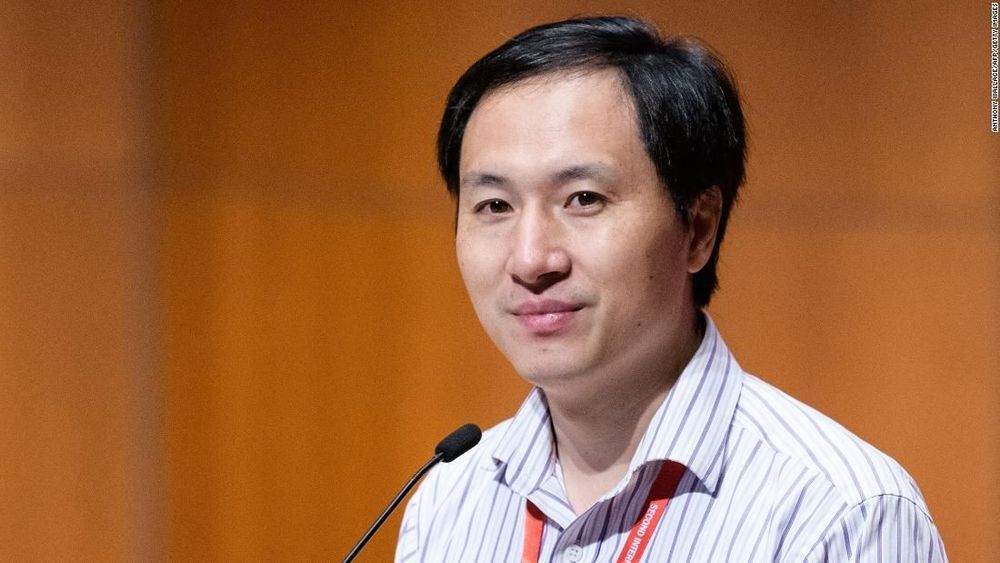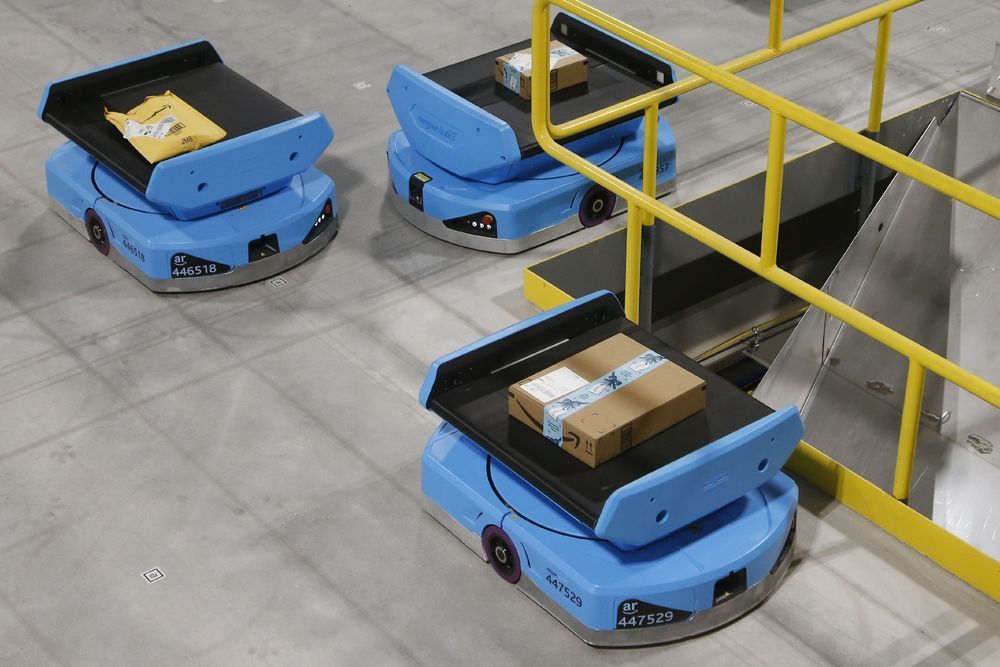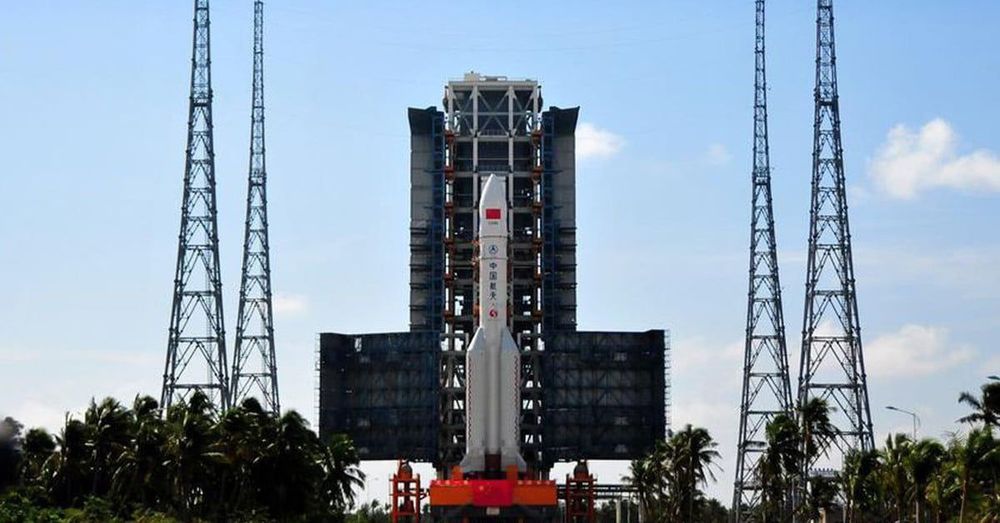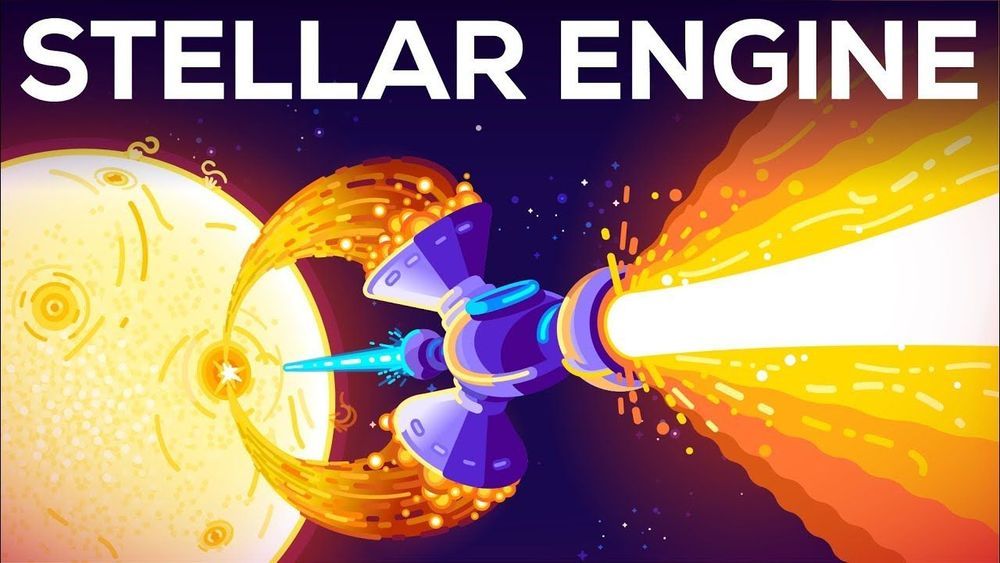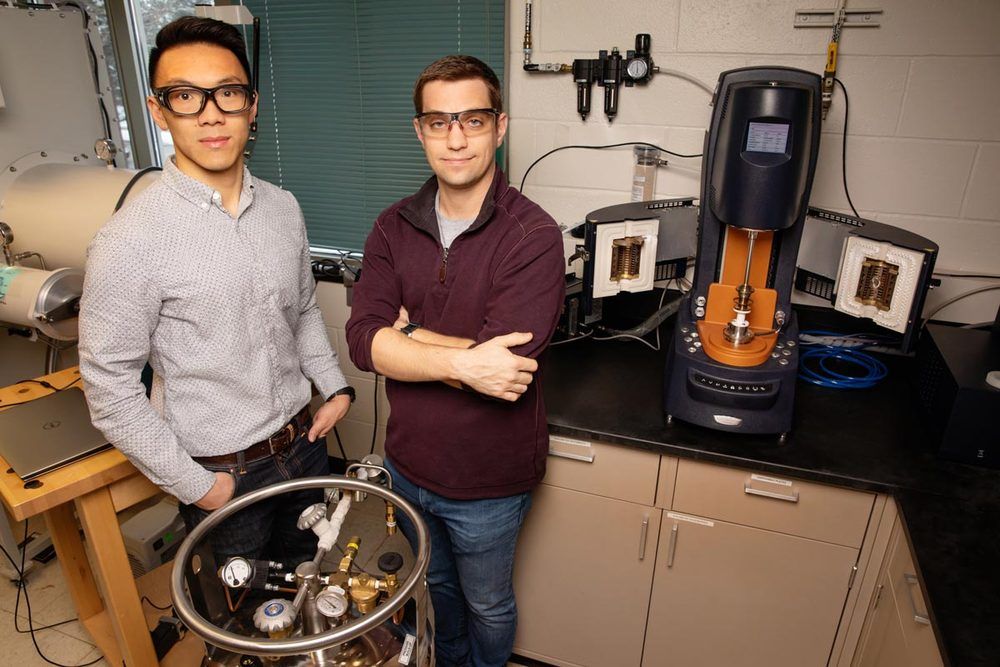A Chinese scientist who helped create the world’s first gene-edited babies has been sentenced to three years in prison.
He Jiankui shocked the world in 2018 when he announced that twin girls Lulu and Nana had been born with modified DNA to make them resistant to HIV, which he had managed using the gene-editing tool CRISPR-Cas9 before birth.
He, an associate professor at the Southern University of Science and Technology in Shenzhen, said at the time that he was “proud” of the achievement. He later claimed that a second woman was pregnant as a result of his research.
